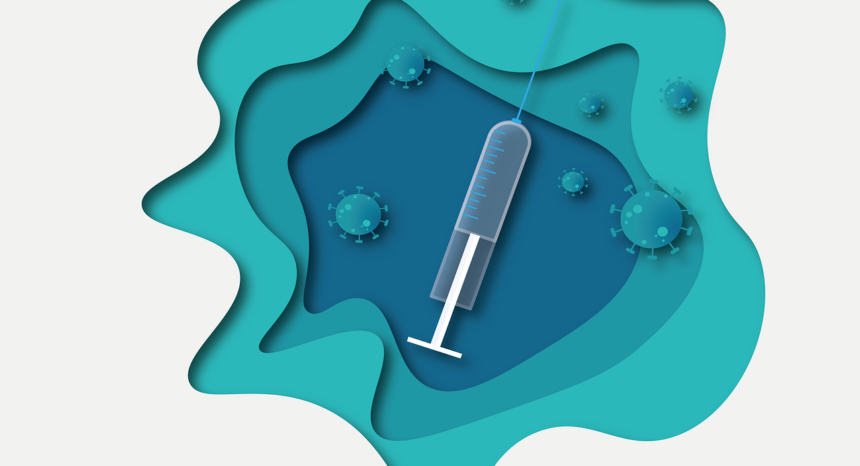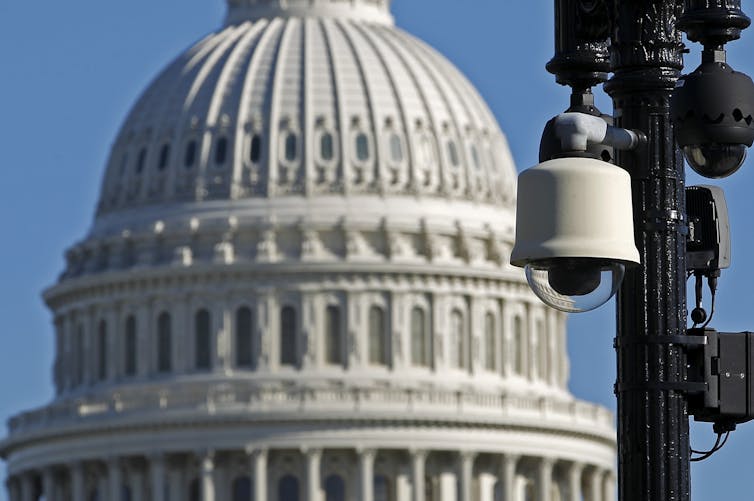You should definitely get a case for your iPhone, especially if you are clumsy and tend to drop your device frequently. You do not want your brand-new, pricey phone to sustain damage such as a scratch, bump, or break. If you go about without a case on your smartphone, there is a greater chance that it will sustain damage from scratches or even water. Because of this, we believe that it is best to err on the side of caution rather than regret.
- Your iPhone is exposed to several threats throughout the day. You can protect your iPhone from scratches, liquid spills, dust, and rubbing against other objects in your purse and pocket by using a quality case. No matter what you do, no matter how hard you try, sometimes nothing works out for you, including your phones.. Anxious people can easily lose their mobile phones, which can easily cause them to slip out of their fingers and land on the concrete pavement, where their front and rear glass would break. You can rest assured that your phone won’t be damaged if you drop it by accident with a smartphone case.
- Scratch – You dislike seeing scratches on your iPhone’s display, correct? Therefore, you need a quality screen protector to safeguard the display of your pricey smartphone.
- Friction – A quality case can protect your iPhone not only from scratches, fading, and metal finish flaking, but also from rubbing from other items.
- Easy gripping – The sleek and attractive iPhones are quite slippery. Putting a rubberized case on your iPhone makes it easier to handle and reduces the likelihood that you will drop it. The majority of individuals claim that they do not use a mobile case or cover because they do not wish to obscure the device’s aesthetic appeal. However, this is a completely incorrect premise. There are currently a variety of mobile phone cases and coverings that not only give optimal protection but also increase the phone’s aesthetic appeal. There are smooth silicone edge cases with rounded corners that make your mobile phone appear even nicer, and if you choose, you can also obtain a personalized case/cover for your mobile phone to get optimum protection and the aesthetic you desire.
- Drop protection – Although iPhones are constructed to withstand occasional drops, this does not mean they are impervious to this risk. There are smartphones whose screens are more susceptible to breaking when dropped.
- Unique – decorating up your iPhone can make it unique and ownership. It adds flair and fashion and reveals your individuality.
- Increased Functionality – Mobile phone covers used to serve only one purpose—protecting the phone—but today, they serve multiple purposes. While most phone cases and covers are designed to keep your smartphone safe from the elements, some models also contain extra features that come in handy in other contexts, such as a place to store credit cards or a holder to prop up your phone so you can view movies. Customers can choose an option that best suits their needs thanks to the abundance of accessible alternatives.
- Pricey – Yes, iPhones are expensive. In order to protect your iPhone from damage, drops, scratches, water, and more, you need a quality iPhone 13 case.
- Old iPhone – Your old iPhone may have sentimental significance, which is why you want to cover it and preserve its original appearance. Or you may wish to conceal it because you do not want others to realize that you have an older iPhone.
- Extra features – certain cases, like the flip case or notebook-style case, contain pockets in which you can store your top-up cards or any other small, potentially critical notes.
- Upgrade — If you have protected your iPhone from damage, nicks, and scratches with a quality case, you will have a greater chance of receiving a high-value iPhone when you decide to upgrade.
Why Phone Cases are Important
No matter what kind of case you buy, your iPhone will be protected from harm. You don’t want your shiny new, expensive phone to get dinged up by accidental drops or scratches, bumps, or breaks, especially if you’re clumsy. Without a case, your phone is more vulnerable to harm from things like scratches and water. Given this, we think it is wise to err on the side of caution rather than experience any regret.
iPhones and other types of smartphones are in the hands of millions of people. Your phone, and more importantly, you, will be more noticeable when you use a case. When you buy a case that is truly one of a kind, you can rest assured that you will be the only person with that case. It will make it easier for you to find your phone in the crowd and will make you stand out more.
Conclusion
The iPhone’s protective cover has quickly become a must-have for any mobile phone owner. Nowadays, they provide far greater security than was previously available. That makes the phone practically indestructible under certain conditions. One should keep in mind that after a specific period of time, the phone case should be changed.
When you are considering updating your mobile phone, you would get more money for it if you had used a mobile cover to safeguard it. When you use a mobile case or cover for your mobile phone, you are essentially protecting it from all sorts of damages, scratches, and nicks that could occur without a case and reduce its resale value.










